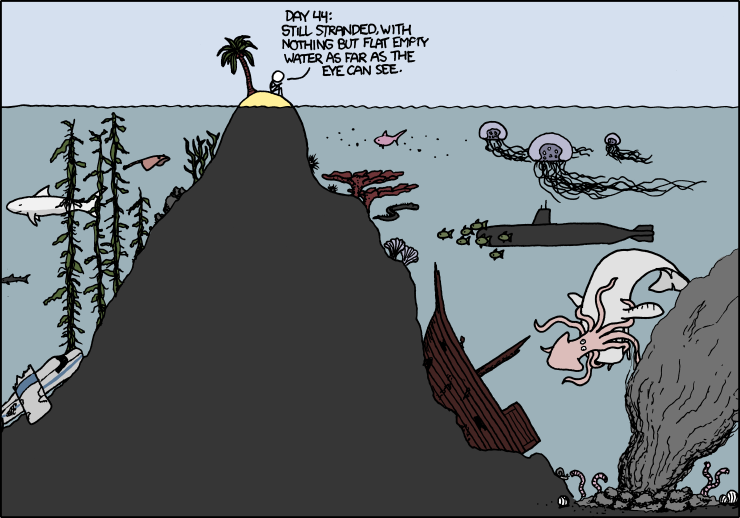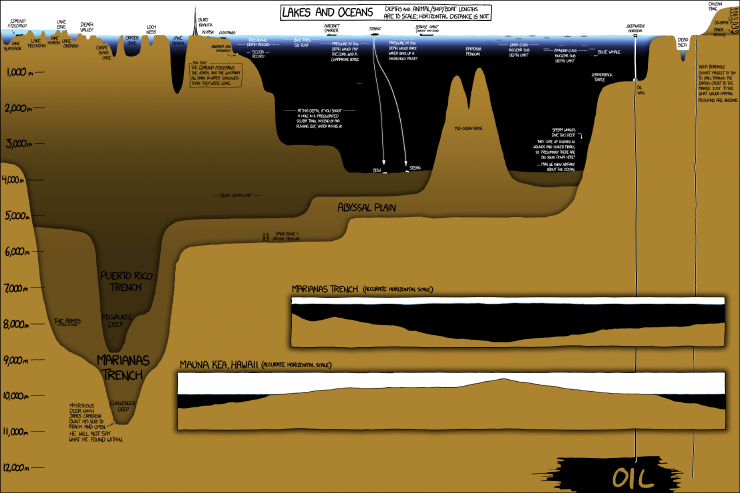By Dawn Barlow, M.Sc. student, Department of Fisheries and Wildlife, Geospatial Ecology of Marine Megafauna Lab
I recently had the opportunity to attend and present my research at the 21st meeting of the Northwest Student Chapter of the Society for Marine Mammalogy. This gathering represented a community of graduate and undergraduate students from the Pacific Northwest, networking and discussing their research on the biology of marine mammals. Dr. John Ford, whose name has become synonymous with killer whale research in the Pacific Northwest, delivered a compelling keynote speech on not only the history of his research, but also the history of the relationships he has built in the field and the people that have shaped the past five decades of killer whale research. This theme of cultivating scientific relationships was a thread that carried us through the weekend. Beautiful weather had us all smiling happily as we ate our lunches outside, musing about science in the sunshine. A philosopher’s café event facilitated roundtable discussions with experts in veterinary science, spatial statistics, management consulting, physiology, and marine pollution. Students were given the space to ask questions ranging from manuscript writing advice to the worth of our work in the current political climate (and write notes or doodle drawings on the paper-covered tables as we listened).
The oral and poster presentations were all very impressive. I learned that bowhead whales are likely feeding year-round in the Canadian Arctic, adjusting their dive depth to the vertical location of their copepod prey. I learned that the aerobic dive limit of stellar sea lions is more of a sliding scale rather than a switch as it is for Weddell seals. I learned that some harbor seals are estuary specialists, feeding on salmon smolt. And I learned about the importance of herring to Northeast Pacific marine mammals through an energy-based ecosystem model. I had the opportunity to present my research on the ecology of New Zealand blue whales to an audience outside of Oregon State University for the first time, and was pleased with how my presentation was received.

But beyond the scientific research itself, I also learned that there is a strong community of motivated and passionate young scientists in the Pacific Northwest studying marine mammals. Our numbers may not be many and we may be scattered across several different universities and labs, but our work is compelling and valuable. At the end of the weekend, it felt like I was saying goodbye to new friends and future colleagues. And, I learned that the magnificent size of a blue whale never fails to impress and amaze, as all the conference attendees marveled over the blue whale skeleton housed in the Beaty Biodiversity Museum at the University of British Columbia.

Many thanks to the graduate students from the University of British Columbia who organized such a successful event! At the end of the conference, it was decided that the next meeting of the Northwest Student Chapter will be hosted by the Oregon State University students here at Hatfield Marine Science Center in Newport. It is a year away, but I am already looking forward to seeing these newfound peers again and hearing how their research has progressed.




































































